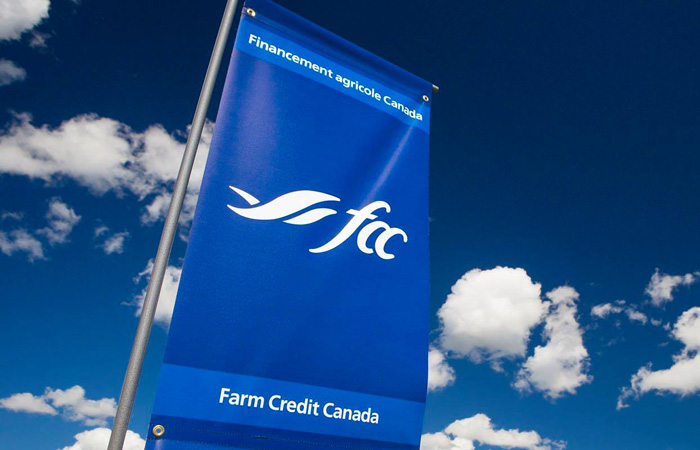Canadian producers are encouraged to lean into their strategic planning skills this year to meet what’s ahead. According to the Farm Credit Canada (FCC) economic outlooks, challenges impacting the food supply chain will continue but the demand for commodities and food means there is opportunity for growth, indicating a need for farms, agribusinesses and food processors to innovate and manage risk.
The latest FCC outlook for the grains, oilseeds and pulses sector suggests prices will remain strong into 2022, due in part to the low national and global supply of these commodities amplified last year by the drought in western Canada.
“There is plenty of optimism for this sector looking at the year ahead; however, two of the biggest economic trends that could impact profitability are rising crop input costs and the impact of global political tensions on trade,” said J.P. Gervais, FCC’s chief economist. “I can’t emphasize enough the value of farm management and strategic thinking. Producers need to continue to plan for disruptions like we’ve seen in the past year.”
These elevated prices mean seeded acres of soybeans and canola are projected to climb in 2022, while corn acres are likely to come down because of the high cost of fertilizer. The price of fertilizer skyrocketed last year and is anticipated to stop increasing at a fast pace, but nonetheless remain elevated.
The cattle market is also signaling strong prices for 2022. The number of fed cattle in 2022 is forecast to decline and because of high feed costs, fed cattle will likely be marketed at lower weights, causing volume by weight to decline. However, given higher prices, cattle receipts should grow. The drought seriously impacted access to feed, resulting in some cattle producers downsizing their operations.
“The pandemic has impacted buying decisions in the grocery aisles. Canadian beef consumption slowed in 2021, but the positive five-year trend in consumption pre-pandemic is expected to resume while export demand remains robust,” Gervais explained.
Consumer appetite for dairy products grew in 2021 but not to the expected level. With the increasing costs for feed and energy, the Canadian Dairy Commission is increasing the support price for butter. While the dairy farm price is expected to experience an increase, milk output at the farm level could see only limited growth.
After strong growth in hog receipts in 2021, there is limited growth potential for 2022. Hog prices are projected to decline slightly and with marginal growth in production. High feed prices will challenge profitability and may hinder production growth.
Gervais offers the following tips for producers to build resilience and capitalize on opportunities to advance their operations:
- Strategy – keep an eye on long-term objectives, including growth. Think about the integration of operational, marketing and financial plans.
- Innovation – consider the technological changes, efficiencies and sustainable practices that would provide an edge to your operation.
- Risk Management – develop scenarios to determine exposure to unfavourable market trends, interest rate increases, higher input prices, trade impacts or weather events.
- Execution – Surround yourself with skilled resources to help you assess and adjust your financial and marketing plans as the economy and markets evolve.
“While the long-term outlook for Canada’s ag and food industry is positive, there are many factors to keep in mind as operations make their plans, including input costs, trade tensions, variable weather and changing consumer behaviour,” Gervais said. “We encourage producers to stay up-to-date on the important topics and trends that will impact them and take action accordingly.”




